NASA and ISRO jointly working on project NISAR
Thu 30 Mar 2017, 18:07:05
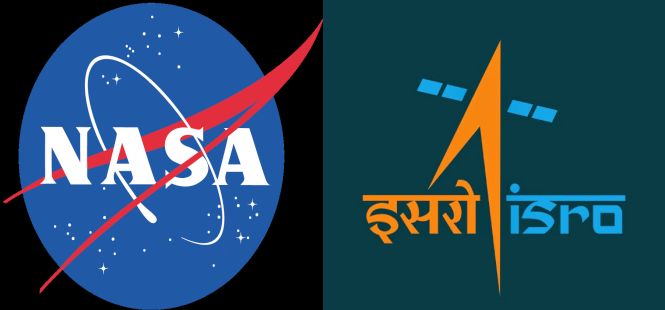
The Indian Space Research Organisation (ISRO) and Jet Propulsion Laboratory (JPL), National Aeronautics and Space Administration (NASA) are jointly working on the development of Dual Frequency (L and S band) Synthetic Aperture Radar Imaging Satellite named as NASA-ISRO Synthetic Aperture Radar (NISAR). The L-band SAR is being developed by JPL/NASA, while ISRO is developing S-band SAR.
The L and S band microwave data obtained from this satellite will be useful for a variety of application, which include natural resources mapping and monitoring, estimating agricultural biomass over full duration of crop cycle, assessing soil moisture, monitoring of floods and oil slicks, coastal erosion, coastline changes and variation of winds in coastal waters, assessment of mangroves, surface deformation studies, ice sheet collapses and dynamics.
The data obtained from NISAR mission is not meant for building climate resilience.
However, the data
acquired from this mission will be useful in developing certain applications, which include: (i) Identifying crevasses in the glaciers hidden by fresh snow, where human movement takes place, (ii) Identifying the snowpack parameters as an input in Avalanche forecasts, (iii) Studying Glacial Lake Outburst Floods (GLOF) hazards, (iv) Identifying inundated area due to floods/cyclones.
acquired from this mission will be useful in developing certain applications, which include: (i) Identifying crevasses in the glaciers hidden by fresh snow, where human movement takes place, (ii) Identifying the snowpack parameters as an input in Avalanche forecasts, (iii) Studying Glacial Lake Outburst Floods (GLOF) hazards, (iv) Identifying inundated area due to floods/cyclones.
These applications could help in taking measures to minimize loss of human lives. As per the information received, Indian Institute of Tropical Meteorology (IITM) under Ministry of Earth Sciences (MoES) has been working with National Oceanographic and Atmospheric Administration (NOAA) to develop high resolution seasonal and long-term climate forecasts.
During 2010 to 2015, IITM and NOAA together developed high resolution Models for seasonal climate predictions of Indian Summer Monsoon and long term climate forecasts under a Memorandum of Understanding.
No Comments For This Post, Be first to write a Comment.
Most viewed from National
Most viewed from World
AIMIM News
Latest Urdu News
Most Viewed
May 26, 2020
Do you think Canada-India relations will improve under New PM Mark Carney?
Latest Videos View All
Like Us
Home
About Us
Advertise With Us
All Polls
Epaper Archives
Privacy Policy
Contact Us
Download Etemaad App
© 2025 Etemaad Daily News, All Rights Reserved.


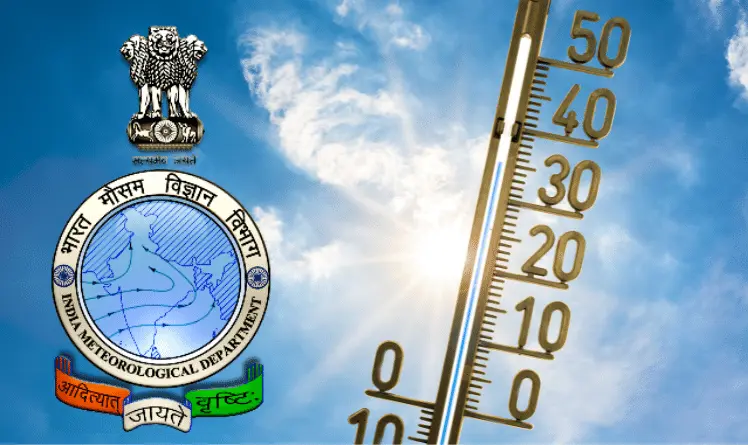

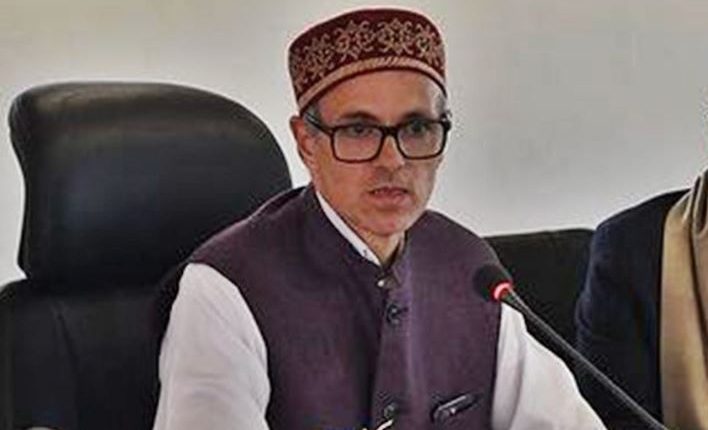
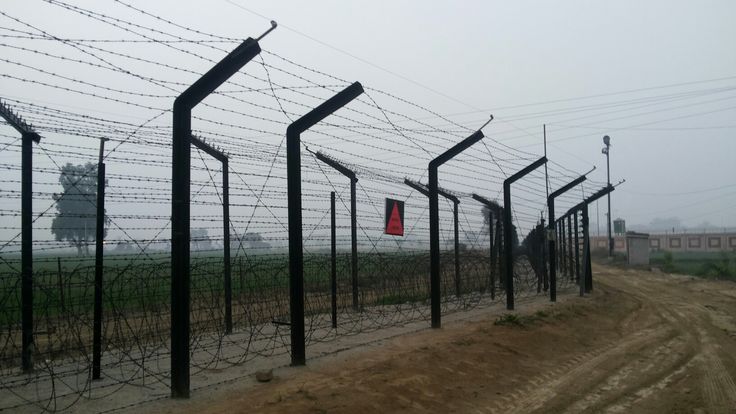

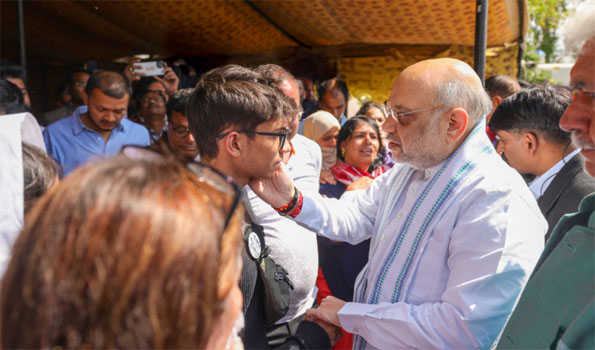



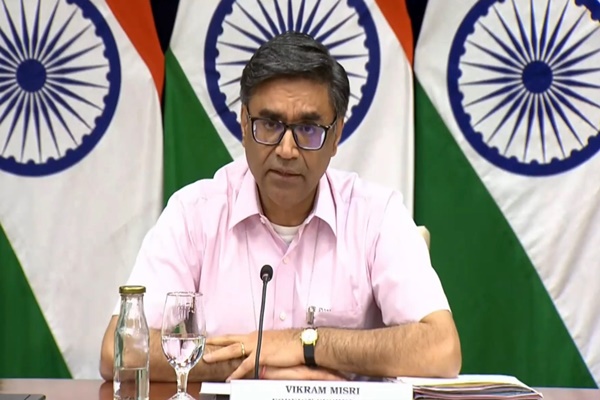



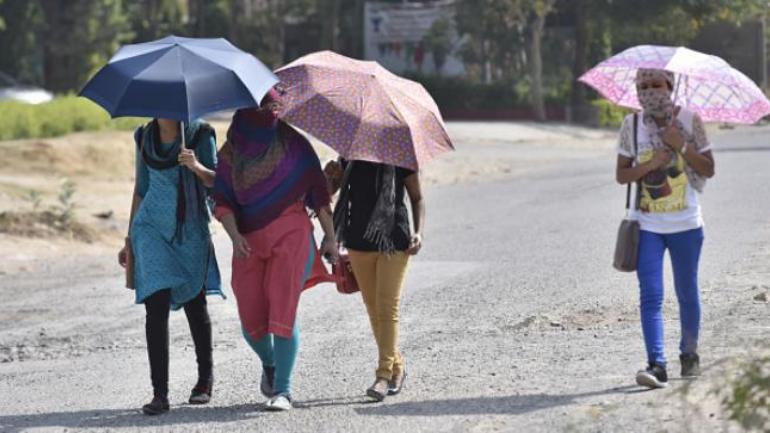
.jpg)
.jpg)
.jpg)
.jpg)
.jpg)
.jpg)
.jpg)
.jpg)
.jpg)

















